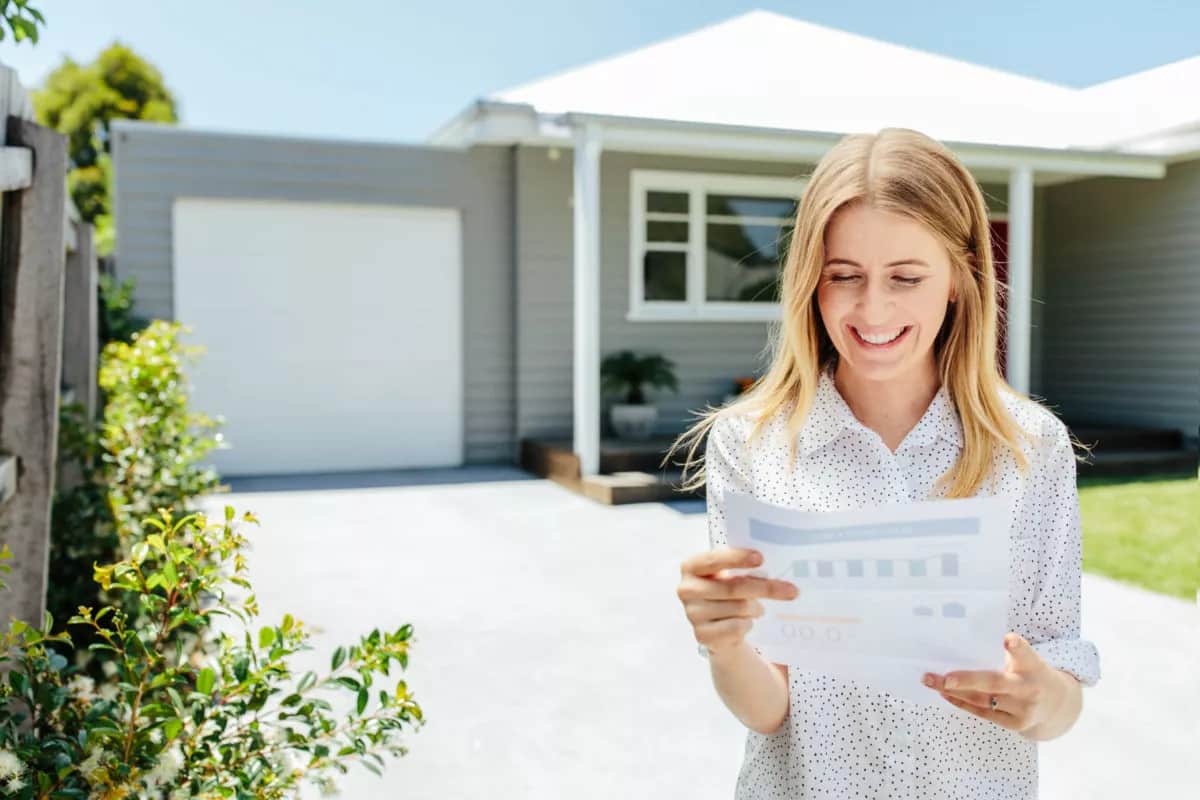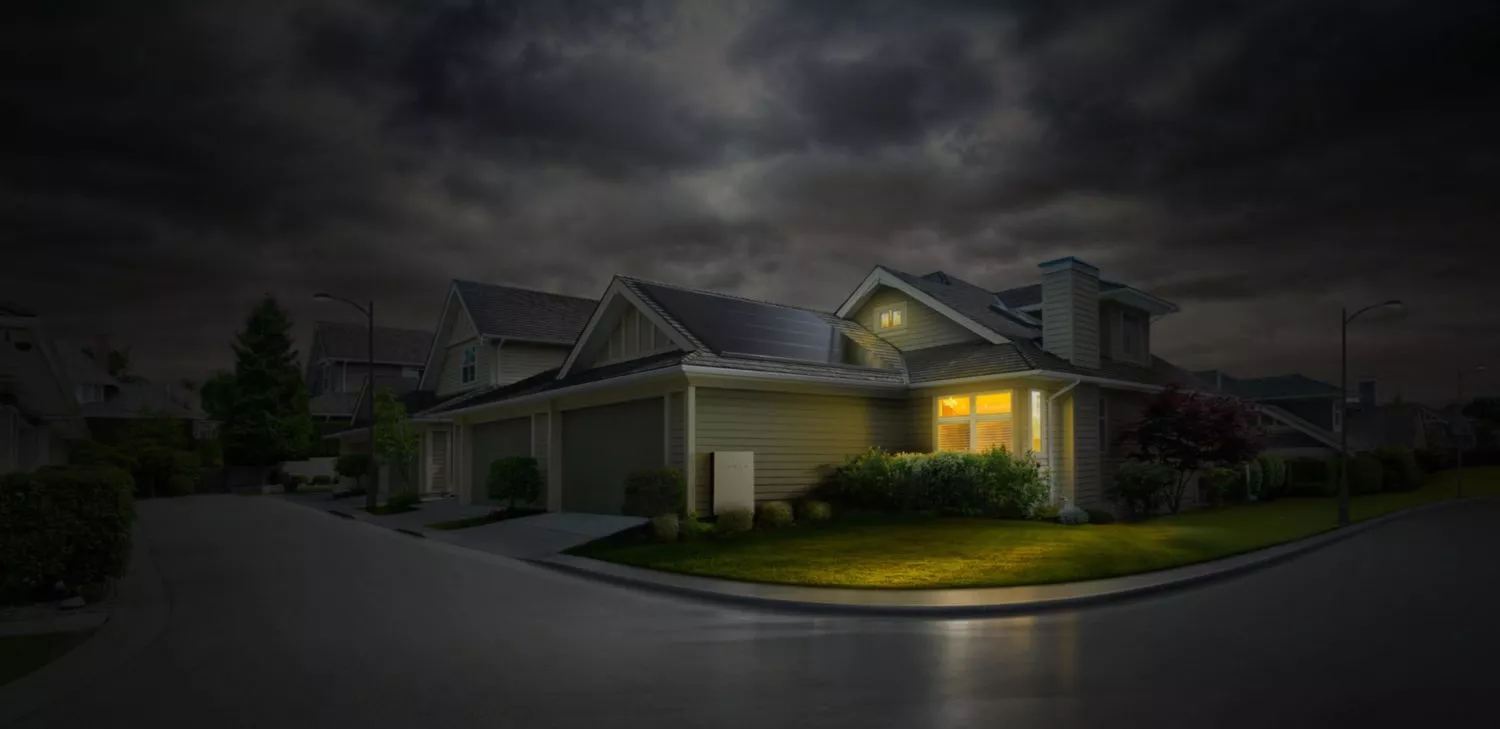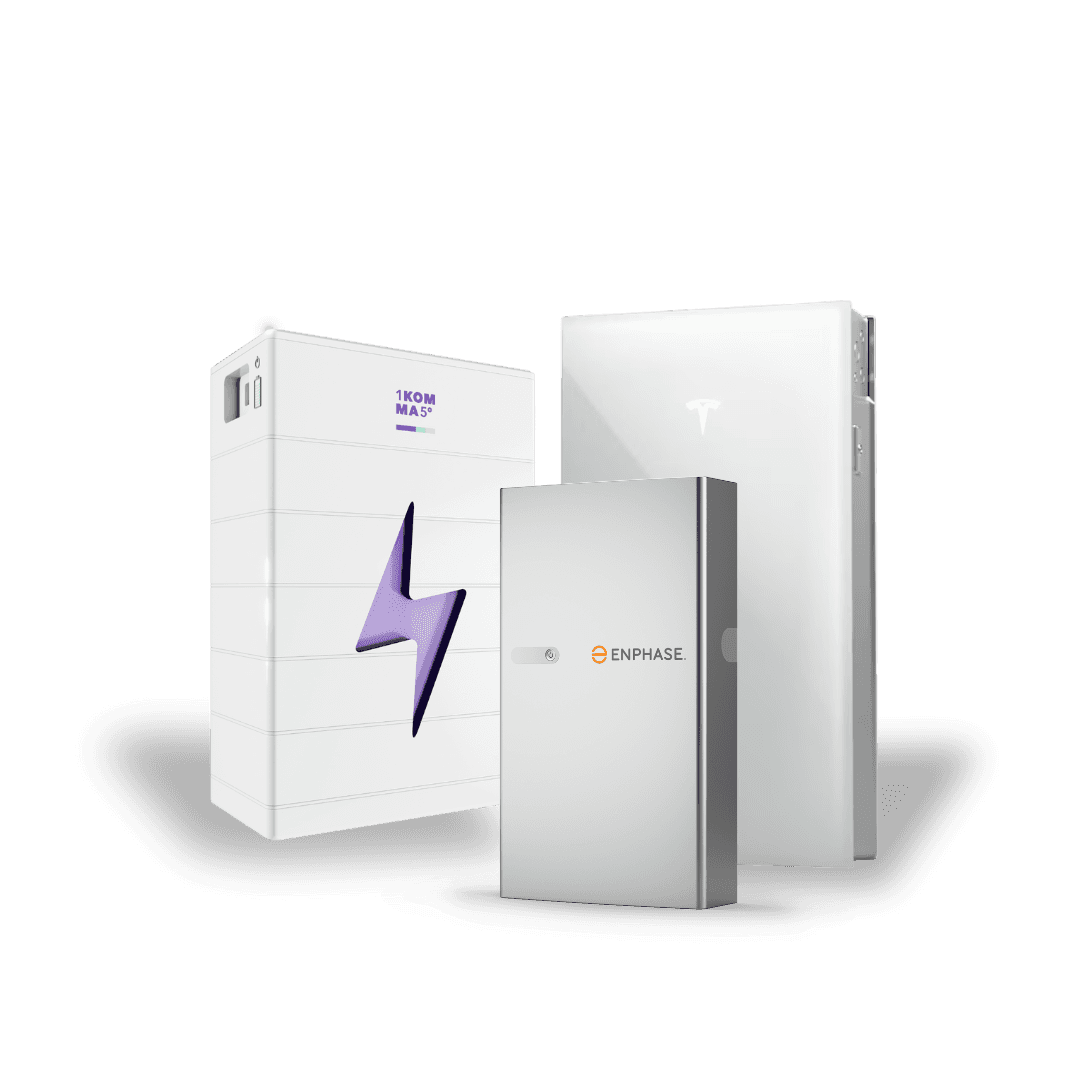
The 7 Main Benefits Of Solar Battery Storage
Unlike solar, if you’re only looking at a solar battery through the lens of return on investment, it might not seem worth it. But that could be the wrong way to look at it. It's like purchasing a car. You don't buy one to save fuel. You buy it for safety, convenience, and the freedom it gives you.
A solar battery offers more than just long-term savings. It gives you backup power when the grid goes down. It helps you use more of your solar energy instead of sending it back to the grid for cents. It shields you from rising electricity prices and prepares you for future upgrades like an EV. To break it down further, here are seven reasons why more Australians add solar batteries to their system.
Key Takeaways:
It’s Not Just About ROI
Solar batteries offer more than financial savings. If you're only considering payback, they might not be the right choice for you.
Blackout Protection
Solar batteries keep essential appliances running during outages. They help prevent food spoilage, flood damage, and discomfort during extreme weather.
Future-Proof Against Rising Energy Prices
Lock in stable electricity costs and protect yourself from unpredictable energy price hikes.
Store Solar Energy for Night Use
Instead of sending excess solar power back to the grid for minimal feed-in tariff returns, a battery lets you store and use that energy at night. Solar battery increases your solar self-sufficiency and reduces reliance on the grid.
Support an All-Electric, Sustainable Lifestyle
Solar battery storage helps homeowners transition toward an all-electric lifestyle. It enables them to power their homes and electric vehicles with clean energy.
A Solar Battery Storage Is Not All About the Payback
If your main question is about the return on investment (ROI) of solar battery storage… then honestly, a battery might not be for you.
You’ve already installed solar and seen how great the ROI can be. It is understandable if you start asking if a battery will save you just as much money.
But here’s the thing. Solar battery storage isn’t just about saving money like solar panels are.
Let’s put it another way.
Imagine you’re considering spending $15,000. You could put it towards something practical, say, a new kitchen. Or maybe you’d rather take a golf trip to California and treat yourself to a new set of clubs. Either way, you're spending the money on something that brings value to your life, even if that value isn’t strictly financial.
Now think about sitting in that new kitchen months later, enjoying a meal made from scratch, listening to music in the sunlight streaming through big new windows. You’re not sitting there calculating ROI. You’re just appreciating the lifestyle upgrade.
That’s how a solar battery works for many people. Sure, you can assign it a dollar value, but that only tells part of the story.
Here are 7 solid reasons people choose to add solar battery storage to their system. Some are financial, but many are about lifestyle, comfort, and peace of mind.
Reduce Your Power Bill Even Further, or Eliminate It Completely
How much would you pay to be free from another power bill for as long as your home battery lasts? It’s fun to think about, because it’s not just about crunching numbers or chasing the best return like you might with solar. It is about the freedom it gives you.
This approach resonates most with people heading into retirement, or already there. You’re essentially using some of the money you’ve access to now to eliminate one of your biggest ongoing expenses for the next 10–15 years.

It also makes sense if you’ve built up some equity in your home and are planning a few upgrades. Many of our customers have pulled out some equity for home improvement projects such as a new kitchen. Naturally, they are including a large solar system and a home battery on the shopping list as well. It is one of the few home improvement projects that saves you money.
Of course, how low your future energy bills go depends on how much solar you’re able to use throughout the day. That comes down to the size of your solar system and how much electricity your household uses.
Stay Powered in a Blackout with Solar Battery Storage
This one’s big. Honestly, it’s hard to put into words how thankful our customers are when the lights stay on during a blackout, especially given how often wild weather has been hitting Sydney. Large weather events are causing more frequent blackouts, and with many more people working from home, having a backup power source has allowed our customers to continue working without interruption.

Of course, it's not just about being able to honour your Zoom schedule. We have customers who have saved thousands of dollars worth of damage from being able to keep certain things running, such as:
Freezers full of meat
A fish tank with exotic fish
Basement water pumps that stayed on to help avoid a very costly flood
A small heater to keep the mum and newborn warm on a very cold winter night in the Southern Highlands
It's not just the doomsday preppers who want backup power in an emergency. It's also very handy to be able to keep the kids entertained with a zombie apocalypse movie while you can run around in the storm, tying things down and cleaning debris.
For many customers, surviving just one wild weather event where the power has gone out for up to a week has been enough for them to say that a solar battery has already paid for itself. We are not exaggerating when we say that we get dozens of calls from our customers after each big blackout event, and they appreciate it. The backup is so seamless that a desktop computer will stay on when the grid goes down, which means in many cases, people don't even realise the power has gone out until they step outside.
Future-Proofing Your Solar System with Battery Storage
You can lock in your power prices no matter what happens in the world around you.
A member of the 1KOMMA5° Team has family in Norway, where electricity prices are currently at record highs, to the point where the government has made direct payments back to households to compensate people. He is saying his family has been paying an electricity bill of between $1000-$1500 a month all winter.
It's a powerful reminder that the global energy market is unpredictable. Energy costs can rise fast. All it takes is a supply issue, inflation, or sudden policy shifts. And just because Australia is further away, doesn't mean the same thing can't happen here either.
Even if Australian energy prices stay stable, many see inflation as a real threat in the coming decade. If inflation ticks along at just 4% for the life of your battery, what costs you 30 cents per kWh now could cost you 45 cents or more down the track.
By reducing your energy bills to $0, you are essentially locking in the price of electricity. That means you don't need to worry about the future cost of electricity rising because of inflation or a nearby war, like what has happened to much of Europe recently.
It gets even better if you integrate an electric vehicle, as you can also forget about the skyrocketing price of petrol.
Thankfully, most of the batteries manufactured today, especially ones we've developed at 1KOMMA5°, work with the energy market around your home. They can intelligently charge and discharge based on the grid, help you avoid peak pricing, and make the most of your solar. Some customers are participating in virtual power plants (VPPs) to earn credits for supplying stored energy back to the grid when demand spikes.
1KOMMA5° battery in particular is built for active market participation. It is ready to be fully integrated with our Heartbeat AI platform, which equips your solar system with the ability to make smart, real-time decisions based on your energy use, the weather, and market conditions.
But beyond savings, there's a lifestyle benefit that's harder to put into a spreadsheet- a sense of ease. With a solar and battery system, you are not lying awake during a heatwave, stressing about your next power bill. You're not rushing to charge the EV before peak prices kick in. You're not second-guessing whether to run the air conditioning unit or heat dinner for the kids.

Store Solar Power for Night Use
Before we go much further, we should discuss the most important function of a solar battery, which is to store excess solar power to use at night.
By doing this, we can size up a solar power system to generate enough power to supply your home for 24 hours a day. It’s not a perfect formula because of seasonality, but we regularly set up our customers to be 100% self-sufficient for most of the year. The size of the winter power bill will often come down to how much electric heating a house uses, and it often isn’t worth over-sizing a solar system just to cover the heating (talk to us for more info about this).
Irrespective of the size of your solar system, most solar households don’t use all of their solar power in the home as it is generated. As feed-in tariffs continue to reduce, it is making more and more sense to store this excess solar power to then use at night, which leads on to the next benefit…
How Solar Battery Saves You Money?
Most homes in Ausgrid are now on time-of-use billing, where you pay around 50 cents per kWh between 2 pm and 8 pm on weekdays. Solar will cover some of this period, however, a solar battery along with proper management can help you completely cover this peak billing period without the need to overthink it. For most people, it makes sense to design a system that doesn’t require much thought.
This is where we start getting into the energy management part of the system. The main reason so many people are buying battery storage is the smart software that comes included with all 1KOMMA5° solar battery installations.
Evergen Intelligent Control Software optimises your solar & storage system to save you an additional 26.4%* on average on your power bills. Evergen can further reduce your power bill using an advanced algorithm that includes 42 different data points:
Weather Forecast: Evergen keeps an eye on the weather forecast and predicts your solar output to ensure your battery is adequately charged during wet weather.
Your usage patterns: Over time Evergen uses machine learning to predict how much power you use, and when. For example, if you need more power on certain evenings, Evergen will make sure your battery is fully charged for when you need it.
Tariff Awareness: If you are on time-of-use tariffs, Evergen will make sure you use as little grid power as possible during the peak billing period. It can even charge your battery overnight during the off-peak tariff if you need it or if wet weather is forecast for the coming days.
System Health: You no longer need to worry about the performance of your system. Evergen not only keeps track of system performance, it actively works to maximise the performance and longevity of your battery.

Intelligence data is also available through the app such as how much money you are saving and your solar generation. Daily monitoring by Evergen helps you to:
Save even more from your solar generation
Store and resell excess energy generated by your solar panels
Use your solar energy even when the sun goes down
Keep the power on even during a blackout with backup power
Participate in a Virtual Power Plant and earn money from your excess energy
Join a Virtual Power Plant with a Solar Battery Storage
Virtual power plants are a way for energy retailers and network operators to access additional electricity during peak periods, such as on hot afternoons in summer. If you decide to sign up for a VPP through Evergen, you can sell your stored solar power through the VPP at a much higher rate than what you pay for your power, up to around $1 per kWh.
Typically, VPP arrangements require households to sign up for a multi-year contract, but not with Evergen. With Evergen, you can give it a try, and if you decide it’s not for you, you can opt out whenever you like.
Solar Battery Storage Allows You an All-Electric Lifestyle
Something is empowering about designing a home that runs entirely on the energy you create. For a growing number of Australians, this isn't just an idea but the future.
Of course, the national grid isn't quite there yet. Australia will still rely on coal and gas for baseload power for some time, with nuclear the only real alternative. Renewables will continue to grow, but if you're serious about stepping away from fossil fuels, the most direct route is to take matters into your own hands. Generate your energy. Store it. Use it when you need it.
The jump to an all-electric lifestyle isn't as far off as it once seemed. With smart solar, home batteries, and EV-ready setups becoming the norm, it's more achievable and more appealing than ever before.

So What’s The ROI of a Solar Battery?
You decide.
For some people, it's about saving money. For others, it's about energy freedom. It is also about knowing your home is ready. For heatwaves. For blackouts. For whatever the energy market throws your way next year or ten years from now.
To help you understand how solar batteries maximise your solar investment, check out our free guide on solar batteries.
For more information, contact the friendly 1KOMMA5° team today. We can answer your questions without any annoying sales pressure.
More Helpful Articles:

1KOMMA5° Blog
Need more information?
Head over to the 1KOMMA5° blog for more helpful tips and other important guides on everything solar, from inverters, panels and batteries to how to make the most of your investment for years to come.